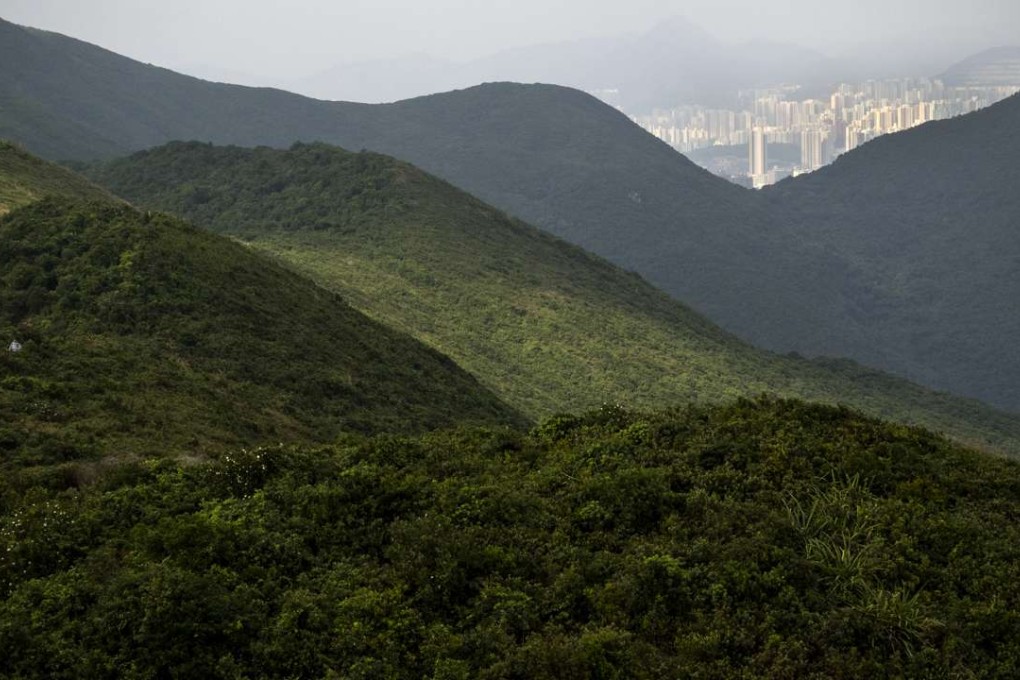Hong Kong housing is built to serve the market, not the people
John Chan says a comparison of housing policies in Hong Kong and Singapore brings home the main problem here – our plan is shaped by the needs of the property market, rather than those of the residents

When Sir Murray MacLehose arrived in Hong Kong in 1971 to assume office as the city’s governor, the most visible signs of the acute housing shortage were the squatter huts on almost every hillside. Many others were living in pre-war buildings, in deplorable conditions. In 1972, he launched an ambitious 10-year housing programme, with the aim of providing decent accommodation for 1.8 million people.
Between 1973 and 1982, some 220,000 flats were built, of which 180,000 were public rental flats, and 23,000 were built for sale under the Home Ownership Scheme (HOS), which was set up in 1976. At the time when MacLehose left Hong Kong in 1982, most of the hillside squatters had gone.
Today, hillside squatter huts have re-emerged and are flourishing in a different form – the ubiquitous subdivided units hidden in old residential buildings and former industrial buildings. This shows that the shortage of affordable housing is no less acute today than it was in the early 1970s.
Watch: ‘Coffin homes’ sprout in Hong Kong
Hong Kong the world’s priciest home market for the seventh year
However, since MacLehose’s departure, Hong Kong’s housing policy has become so twisted that it has ceased to be a housing policy and become merely a residential property market policy.
Hong Kong’s housing policy has become so twisted that it has ceased to be a housing policy and become merely a residential property market policy
